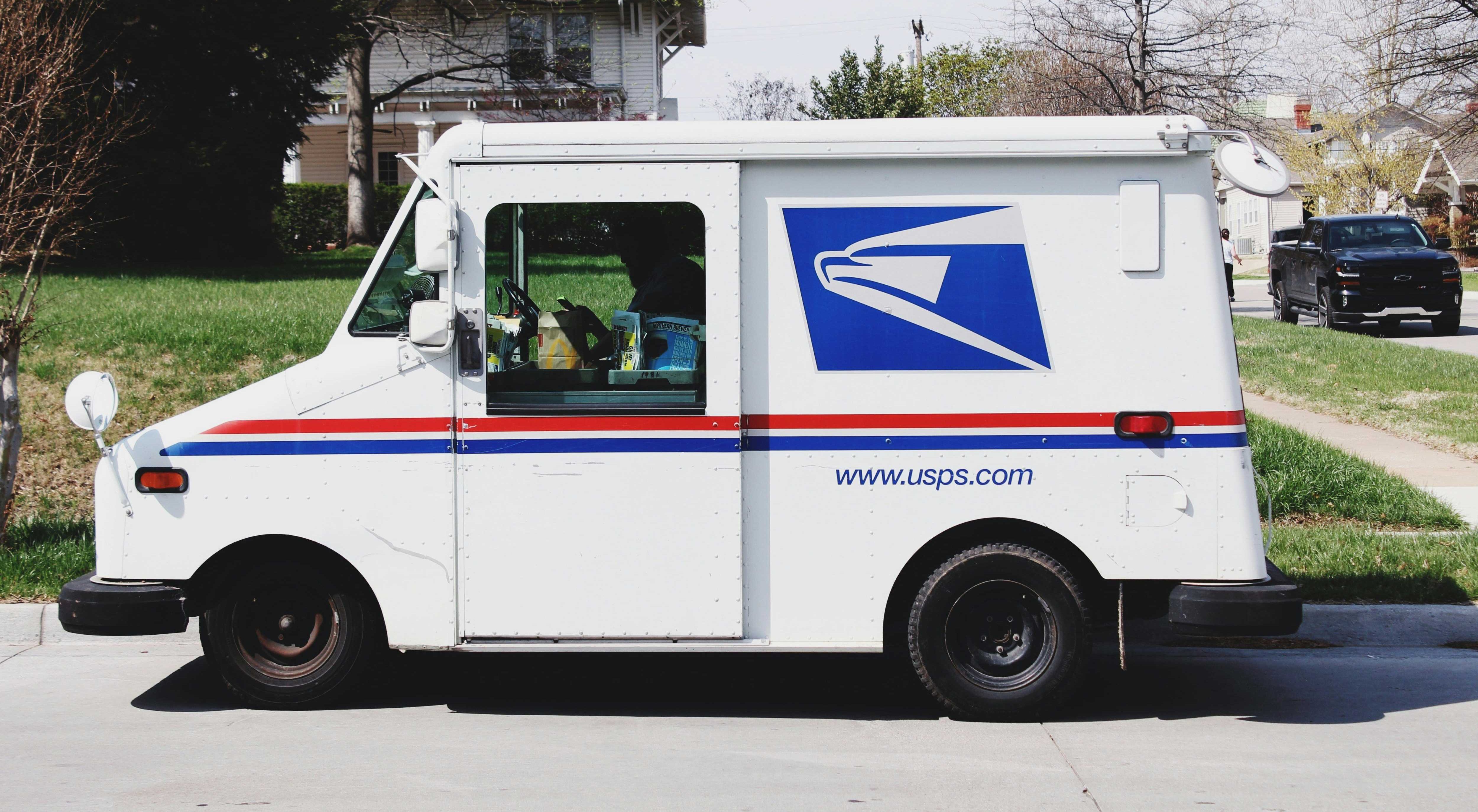A down-and-dirty look at a groundbreaking discovery that could save the planet.
Want to stop climate change? You're gonna have to get your hands dirty.
There's an amazing way to combat climate change, and it's not based on elaborate or expensive technology.
In fact, it's right under our feet.
Soil.
GIF via "Despicable Me."
Yup, you know — that stuff that your parents told you to stay away from when you were wearing your nice clothes. The place where worms crawl around and do their thing. The substance crudely known in some circles as "dirt."
Soil can absorb excess carbon and mitigate climate change according to author and food guru Michael Pollan, who draws on research emerging from around the world.
"Climate change can be overwhelming, yet there is real hope," he says in a video released by the Center for Food Safety, a nonprofit organization based in Washington, D.C. "We now know how to put carbon back in the soil, where it belongs."
In the video, titled " Soil Solutions to Climate Problems," he explains how soil can affect climate change.
Here are five important points he makes.
1. Damaged soil actually puts excess carbon into the atmosphere.
Soil gets damaged when the microscopic creatures that call it home are destroyed by over-tilling and use of pesticides and synthetic fertilizers. When they die, the carbon that was stored in the soil gets released, adding billions of tons of carbon into the atmosphere each year.
GIF via Center for Food Safety/YouTube.
2. Some soil now actually lacks carbon because it's lost so much.
Everywhere we find desertification, runoff, and drought, we have soil that's lost microscopic life and carbon. Most farmland these days needs increasing amounts of synthetic inputs to keep producing the same amount of food, and food grown without the natural carbon cycle has decreasing nutritional value. Soil carbon loss is a threat to world food security.
GIF via Center for Food Safety/YouTube.
3. Things don't have to be this way. Soil can also absorb excess carbon that's in the atmosphere.
The secret lies in something we learned about in elementary school: photosynthesis. We all know that plants pull in carbon from the atmosphere; what most of us don't know is that they also send a lot of it down through their roots into the soil.
Soil microbes love carbon and take it from plants in exchange for nutrients. When the soil microbes die, the whole system gets messed up. But when we bring life back to the soil, plants return to sucking carbon out of the air and storing it in the ground, making for happy soil microbes, plants, and farmers.
GIF via Center for Food Safety/YouTube.
4. Getting more carbon into soil not only combats climate change, it's good for the land.
Nature is a total badass. When natural systems are intact, everything works right. Repopulating our carbon-loving microbe friends restores soil structure, which helps the soil hold and purify water (this explains the connection to desertification, drought, and runoff). Also, thriving soil helps plants pull in nutrients, making them healthier and more nutritious for humans to eat. Healthier plants also fend off insects without pesticides, and compost replaces synthetic fertilizer. When the carbon-microbe system is working, farmers save money on water, pesticides, and fertilizers. Boom.
GIF via Center for Food Safety/YouTube.
5. The idea is getting an audience on the international stage.
Soil and agriculture are entering the conversation and have the potential become breakthrough topics at COP21 in Paris, the international climate change meeting that wraps up on Dec. 11, 2015. The French government has proposed that other nations join it in increasing their soil carbon by 0.4%, which would translate to billions of tons of carbon drawn down from the atmosphere if applied worldwide. Many nations and organizations have already signed on to the proposal, marking a big step in the road to creating actionable steps for governments and farmers around the world.
GIF via Center for Food Safety/YouTube.
Soil, right? Boo-yah. Can we get a happy dance for soil microbes?
GIF via MTV.
What this means, in a nutshell, is that we have a major solution to climate change that doesn't require new or expensive technology that also has huge benefits for farmers and nature.
Healthy soil is better for the water and food systems and is good business. The main thing we can do is spread the word. The more people who know about the importance of healthy soil, the more traction world leaders will have to support farmers in transitioning to methods that are better for the soil.
Inspired? Empowered? Good.
GIF via "The Big Lebowski."
Watch “Soil Solutions to Climate Problems" here and learn more about why soil is so important to the climate debate.
And if you're so compelled, consider signing this petition to continue our fight against climate change!




 The pay is good and you get to drive this sweet truck around!Photo by
The pay is good and you get to drive this sweet truck around!Photo by  Three USPS boxes. via
Three USPS boxes. via 

 Philip painted this blue mountain lake piece with help from a YouTube tutorial. bruncvik/reddit
Philip painted this blue mountain lake piece with help from a YouTube tutorial. bruncvik/reddit  Here's what the painting was "supposed" to look like. She'z ART/YouTube
Here's what the painting was "supposed" to look like. She'z ART/YouTube  I love this haunting purple and orange piece Philip painted! bruncvik/reddit
I love this haunting purple and orange piece Philip painted! bruncvik/reddit  A YouTube tutorial of a sunset river helped Philip learn to paint the scene. She'z ART/YouTube
A YouTube tutorial of a sunset river helped Philip learn to paint the scene. She'z ART/YouTube 
 Traditional strawberry farming takes up a lot of land.
Traditional strawberry farming takes up a lot of land. Strawberries are a wildly popular fruit.
Strawberries are a wildly popular fruit.